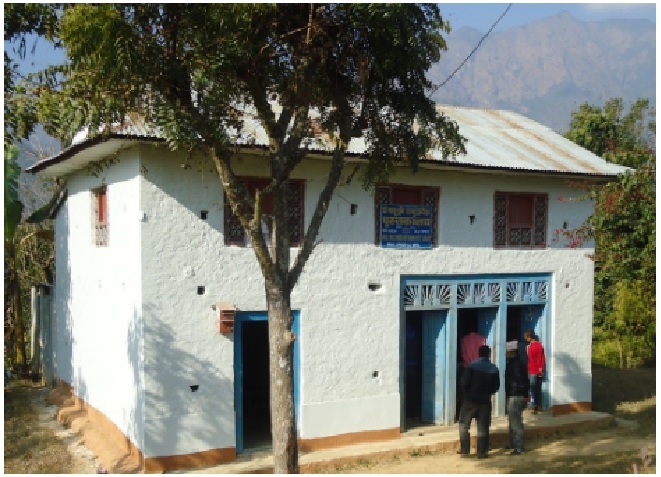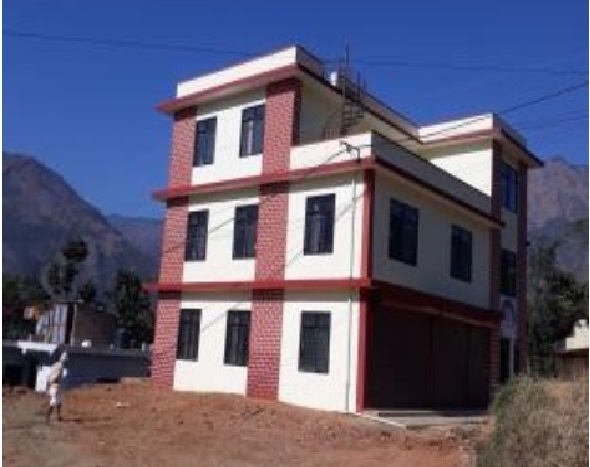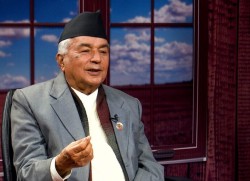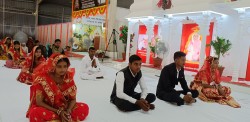Nepal

A library, as we know it, can be considered a temple of education and knowledge because it has many books, other reading materials, and media to help people learn more.
It is a place to do research and study, and people can go there to learn more outside of school.
One also lies in Katti, my village in the hills of Syangja. It is about 8 km from the market in Mirmi.
There, between the Janta Primary School Katti and the Kaligandaki Rural Municipality Ward Office, is a small library. It is where people from the village and students go to learn more and push the limits of their knowledge.
Years ago, a young man named Gopal Pandey established a small library called the Matribhumi Library in Birgha, a village in western Syangja five hours away from the nearest road.
Later, when Shankar Prasad Pandey won the election and became a member of parliament, he worked with a well-known organisation to fund its rehabilitation. At that time, a US citizen provided support for the project.
Since then, the library has been an important place for learning for the people of the village. Villagers recently said goodbye to the old library building because a young social activist named Rajendra Pandey started a project to modernise the library by raising the required funds.
During my trip home for the 2079 winter break, I considered stopping by the village's new library. A new two-and-a-half-storey building had replaced the old structure. Everything was nearly complete, with construction workers applying the finishing touches to the structure. The building stood out from a distance with the red accent on the white primary colour.

The librarian on duty was a relative of mine, whom we fondly refer to as 'Maila Dai'. He graciously gave me and my friends a brief tour of the facility. A tiny reception desk greeted us as we walked into the building. The library was on the ground floor. We explored the interior of the building. As we moved upstairs, we were thankful for the extra space.
On the second floor, there were three rooms. The first room was for Sports & Fitness, which included gym equipment such as dumbbells, a bench press, and sports equipment such as badminton sets. There were also indoor games such as chess, a carrom board, and a large wall-mounted TV.
The second room housed a fully functional computer lab. The third room was a children's play area. Everything was very well-built.
We then proceeded to the third floor. It housed the library's director's office and a large conference room for important meetings. Everything was very well-built and finished. The atmosphere inside the building was calm and open. It had plenty of natural light coming in through the windows.
Although the primary motivation for its development was to update the existing library, the facility looks more like a recreation centre, with all the exercise machines and play areas for toddlers conveniently located on the premises. And amenities such as televisions and computers allow people of all ages to use them for recreation and entertainment.
The new library was officially opened on Magh 12, the auspicious day of Shree Panchami and Saraswati Puja, amidst a colourful ceremony.
The library is currently the talk of the town, and it has a lot of hype. If the officials maintain the library in good condition and run it smoothly, it will soon become one of people's favourite go-to places.
However, budget and maintenance issues could lead to its demise and turn it into a useless pile of bricks. Therefore, the government, project leaders, and the local community must carefully manage funds, train staff, and preserve the structure to prevent its downfall. It may be a revolutionary initiative for the village if appropriately used.
Pandey is a grade nine student at GEMS School in Kathmandu.






